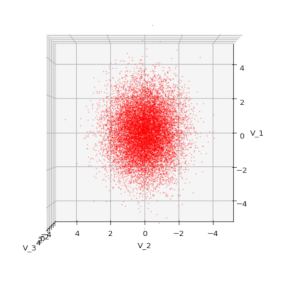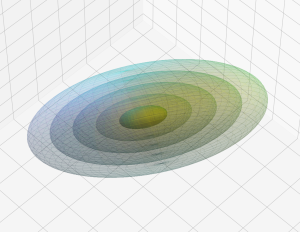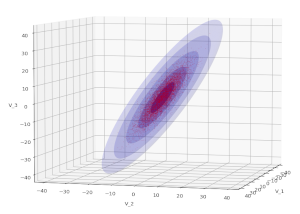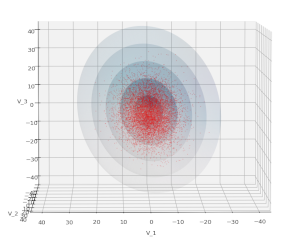Multivariate Normal Distributions – IV – Spectral decomposition of the covariance matrix and rotation of the coordinate system
In the preceding posts of this series we have considered a comprehensible definition and basic properties of a non-degenerate “Multivariate Normal Distribution” of vectors in the ℝn [N-MND]. In this post we will make a step in the direction of a numerical analysis of some given finite vector distribution with properties that indicate an underlying N-MND. We want to find… Read More »Multivariate Normal Distributions – IV – Spectral decomposition of the covariance matrix and rotation of the coordinate system



